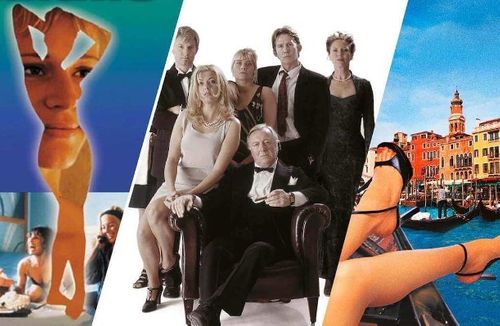What is Dogme 95?
Apr 26, 2023 · 2 mins read
0
Share

In response to the film industry of the 1990's, Danish filmmakers Lars von Trier, Kristian Levring, Soren Kragh-Jacobsen, & Thomas Vinterberg created Dogme 95, a radical film movement that intended to strip cinema of the technical effects that it was becoming reliant on.
Save
Share
The purpose of Dogme 95 is to bring filmmaking back to its simplest roots; to avoid the trappings of mainstream filmmaking like excessive special effects and sensationalist plots. This is achieved by adhering to a strict set of rules referred to as the Vow of Chastity.
Save
Share
To achieve the purposes of the movement, the founders of Dogme 95 created the Vow of Chastity — a set of rules that guided both the practical and creative considerations of their films in a major way.
Save
Share
The Vow of Chastity
1. Shooting must be done on location. Props and sets must not be brought in (if a particular prop is necessary for the story, a location must be chosen where this prop can be found.
2. The sound must never be created apart from the image or vice versa.
Save
Share
3. The camera must be hand-held. Any movement or immobility attainable in the hand is permitted.
4. The film must be in color. Special lighting is not acceptable (If there is too little light for exposure the scene must be cut or a single lamp be attached to the camera).
Save
Share
5. Optical work and filters are forbidden.
6. The film must not contain superficial action (Murders, weapons, etc. must not occur).
Save
Share
7. Temporal and geographical alienation are forbidden (That is to say that the film takes place here and now).
8. Genre movies are not acceptable.
Save
Share
9. The film format must be Academy 35 mm.
10. The director must not be credited.
Save
Share
The Vow of Chastity had put filmmakers at an extreme disadvantage as it became a massive creative challenge to create under extreme limitations — and that's the point.
Save
Share
The Dogme 95 rules proved to be both a blessing & a curse. The movement did achieve its goal of bringing filmmaking back to its roots, but it came at the cost of creative interest and eventually the consumer. Even the movement founders struggled to adhere to the Vow of Chastity.
Save
Share
0